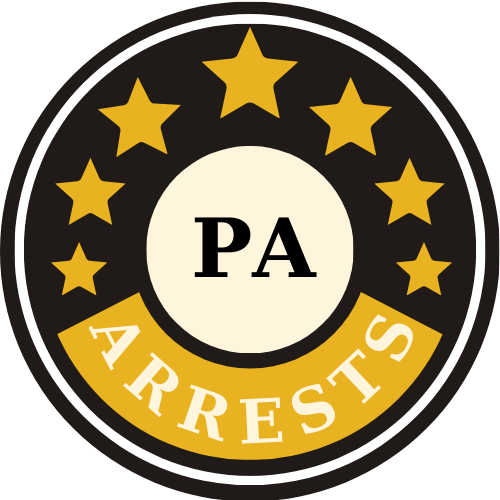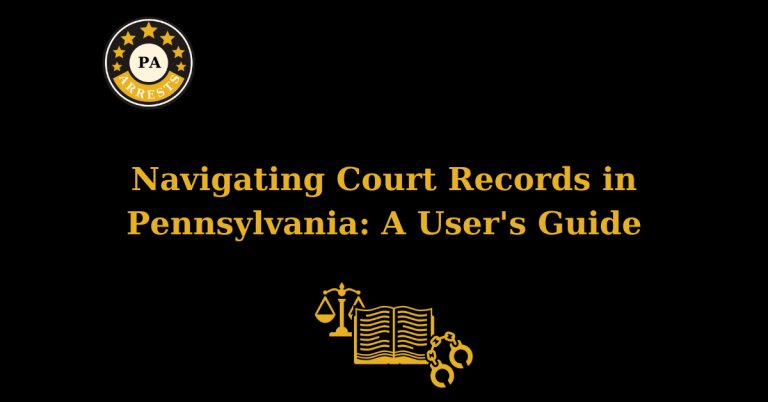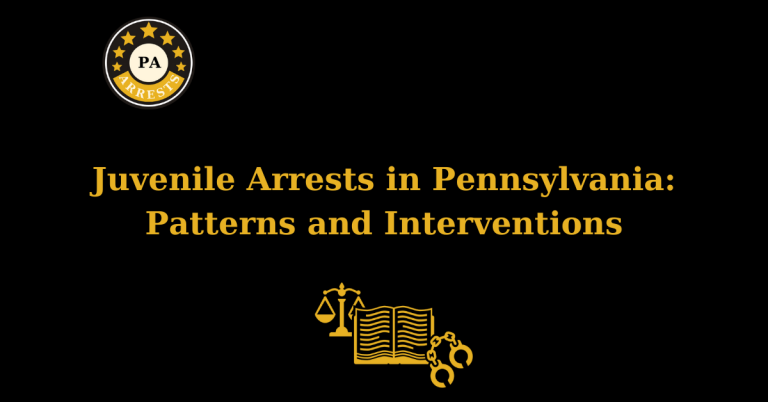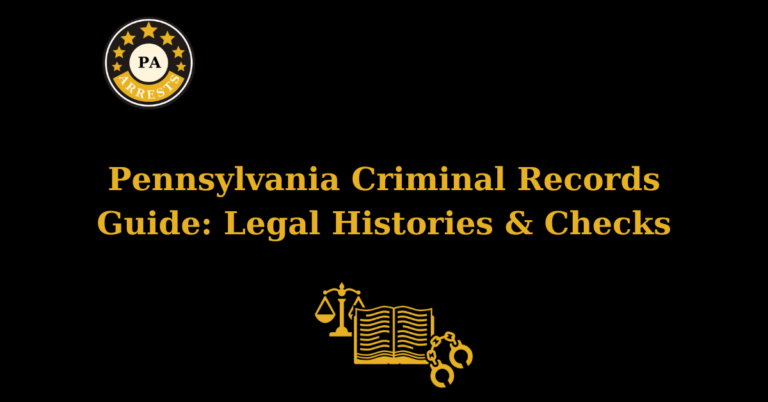Pennsylvania’s Mugshot Culture: Faces Behind the Arrests
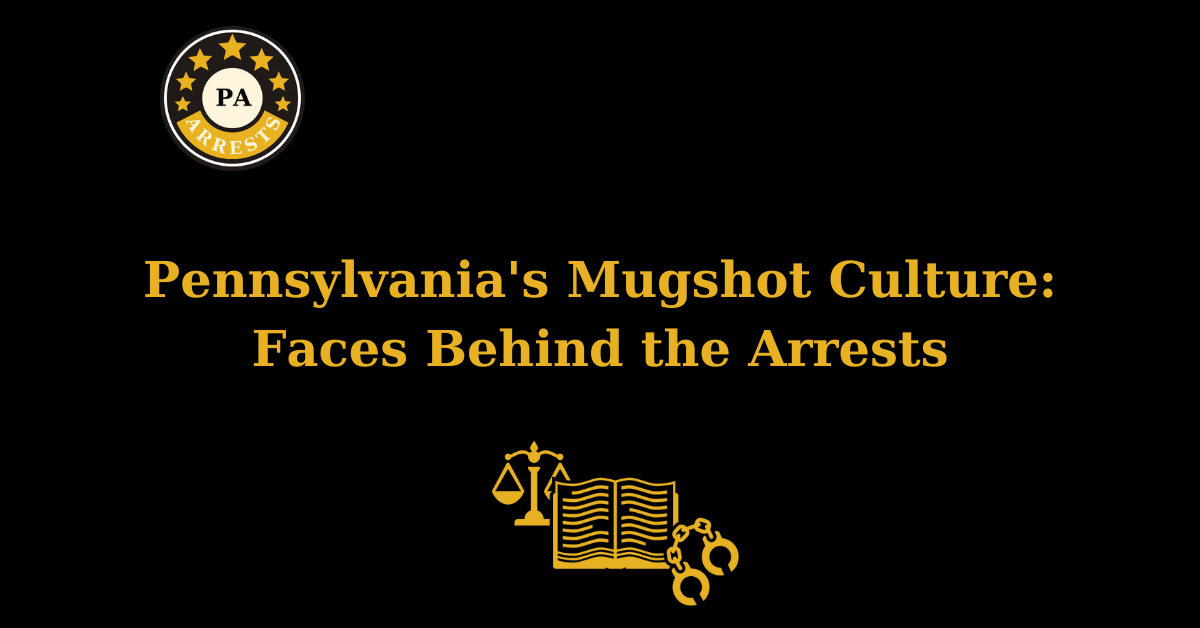
In the heart of Pennsylvania, a state steeped in history and tradition, a lesser-known aspect of its societal fabric comes to light – the world of mugshots. Behind each photograph lies a unique story, a glimpse into the lives of individuals who have found themselves on the wrong side of the law. From minor infractions to serious offenses, these mugshots serve as visual markers of moments when lives intersect with the criminal justice system. Join us on a captivating journey as we delve into the Mugshot Chronicles of Pennsylvania, exploring the narratives, circumstances, and consequences that converge in the frame of each arresting image.
As we embark on this exploration, it becomes evident that the mugshot transcends mere documentation; it captures a complex interplay of choices, circumstances, and societal factors. Pennsylvania, with its diverse communities and urban landscapes, provides a rich tapestry for understanding the myriad reasons individuals find themselves facing a camera under the harsh lights of a police station. This investigation is not just about the individuals, but also about the societal mechanisms that lead to these moments of capture. Through the lens of mugshots, we aim to unravel the layers of the criminal justice system, shedding light on the human experiences behind the stark visual records and the broader implications for the communities they represent.
Capturing Lives: The Significance of Mugshots
In the vast expanse of criminal justice documentation, mugshots stand as silent, powerful witnesses to a moment frozen in time. These images serve a crucial purpose beyond mere identification; they encapsulate the gravity of a person’s interaction with the legal system. Examining the significance of mugshots unveils their role in the broader context of law enforcement, tracking the trajectory of individuals within the criminal justice system. Each image becomes a snapshot of accountability, marking a crucial point in the ongoing dialogue between individuals and the societal structures that seek to maintain order.
Faces of Diversity: Unraveling Pennsylvania’s Mugshot Mosaic
Pennsylvania’s cultural and demographic diversity is mirrored in its collection of mugshots, each frame presenting a unique story influenced by the state’s urban and rural landscapes. From the bustling streets of Philadelphia to the serene corners of Amish country, these mugshots reflect the diverse range of offenses and circumstances that bring individuals into the law’s purview. Exploring this mosaic provides insights not only into the crimes committed but also the social, economic, and cultural factors contributing to the prevalence of arrests across different communities.
Behind the Bars: Understanding Mugshot Aesthetics
Beyond the content of the photographs lies an aesthetic dimension to mugshots that merits exploration. The standardized backdrop, the consistent framing, and the often somber expressions contribute to a visual language that transcends individual narratives. Unraveling the visual elements of mugshots unveils the intentional and unintentional cues that convey a narrative of authority, vulnerability, or defiance. Examining the aesthetics of mugshots sheds light on the intersection of documentation and storytelling within the criminal justice system.
The Evolution of Mugshot Technology: From Film to Pixels
The history of mugshots is intertwined with the evolution of photographic technology. From the early days of film cameras to the digital era, the technology used to capture these images has undergone significant transformations. Understanding this evolution provides insights into the changing nature of law enforcement practices, privacy concerns, and the accessibility of information. Exploring the technological journey of mugshots offers a glimpse into how advancements in photography have shaped the way we document and perceive individuals entangled in the criminal justice system.
Beyond the Frame: Societal Implications of Mugshot Publication
While mugshots primarily serve as tools for law enforcement, their publication in the public domain raises ethical and societal questions. The accessibility of these images on online platforms has sparked debates about privacy, rehabilitation, and the potential for perpetuating societal biases. Delving into the repercussions of mugshot dissemination unveils a complex interplay between public accountability, individual rights, and the lasting impact these images can have on the lives of those who have faced the lens of law enforcement.
FAQs
A mugshot is a photographic portrait typically taken by law enforcement authorities, showcasing an individual’s face, and sometimes additional profile views, after their arrest. These images serve as a visual record of the person’s identity, facilitating identification, documentation of the arrest, and record-keeping within the criminal justice system. Mugshots often include details such as the person’s name, date of birth, and information about the arrest, providing a standardized means of cataloging individuals in legal custody.
Mugshots are made public to facilitate the quick identification of individuals involved in criminal activities, aiding law enforcement in their efforts to ensure public safety. Public access to these images promotes transparency in the criminal justice system, allowing the community to stay informed about arrests and legal proceedings. The dissemination of mugshots also serves as a deterrent, discouraging potential offenders. However, the public nature of mugshots has sparked debates about privacy concerns, leading to ongoing discussions about the ethical use and accessibility of these images.
To find someone’s mugshot in Pennsylvania, you can check online databases, contact the relevant law enforcement agency, or explore the Pennsylvania Department of Corrections website. Some third-party websites also compile and publish mugshots, but be cautious about privacy concerns and the ethical implications of accessing and sharing such information. Always ensure compliance with legal and ethical standards when seeking or using mugshot information.
The process of mugshot removal varies, but individuals may request removal through the website hosting the image or by contacting the relevant law enforcement agency. Some states have enacted legislation to address the issue of mugshot publication, offering avenues for individuals to have their images taken down in certain circumstances.
Mugshots typically include a frontal and side-view photograph of the individual’s face, captured at the time of their arrest. Alongside the images, mugshots provide essential details such as the person’s name, date of birth, and information about the arrest, including the date, time, and nature of the charges. These standardized records serve as a means of identification and documentation within the criminal justice system, aiding law enforcement in maintaining accurate and organized records of individuals in custody.
Yes, mugshots can be used for employment background checks. Employers may include mugshots as part of a comprehensive background screening process to verify an individual’s criminal history. However, the use of mugshots in employment decisions is subject to legal regulations, and employers must adhere to fair hiring practices. It’s crucial to consider the relevance of the criminal record to the job in question and comply with local and federal laws governing the use of such information in employment screening.
Mugshots are generally not considered substantive evidence in court. While they are part of the documentation associated with an arrest, they do not provide direct proof of guilt or innocence. Courts rely on more substantial forms of evidence, such as witness testimonies, forensic evidence, legal documents, and other relevant information, to make determinations in legal proceedings. Mugshots are primarily used for identification purposes and record-keeping within the criminal justice system.
